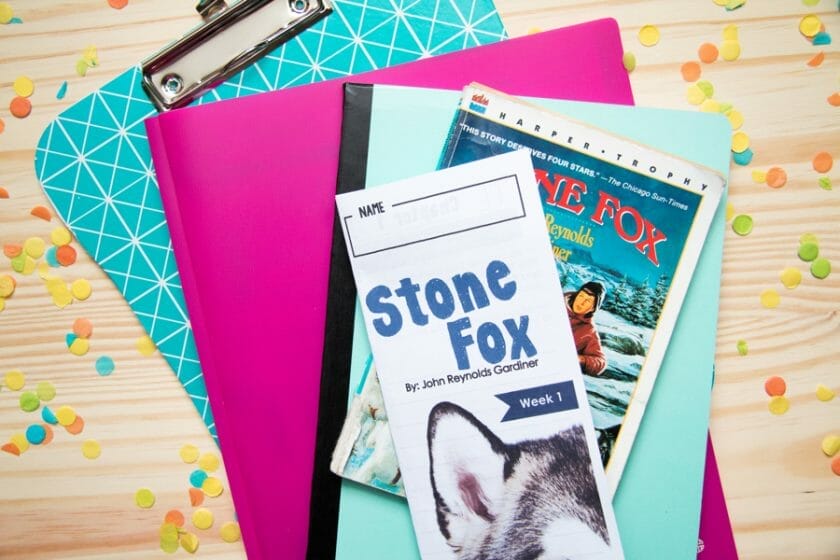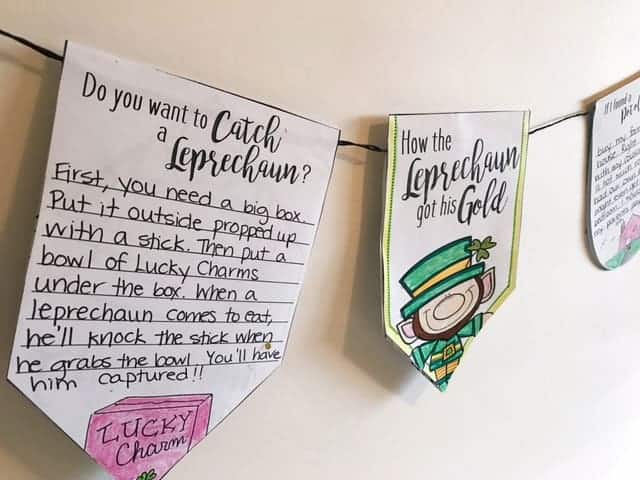20+ Fun March Activities for Elementary Students
It’s hard to believe March is right around the corner. It seems like just yesterday we were transitioning back from winter break, and now many of us are counting down the days until Spring Break is here. As you head into March, I wanted to share some of fun March activities for elementary students and teaching ideas to celebrate holidays this month and kick off Spring.
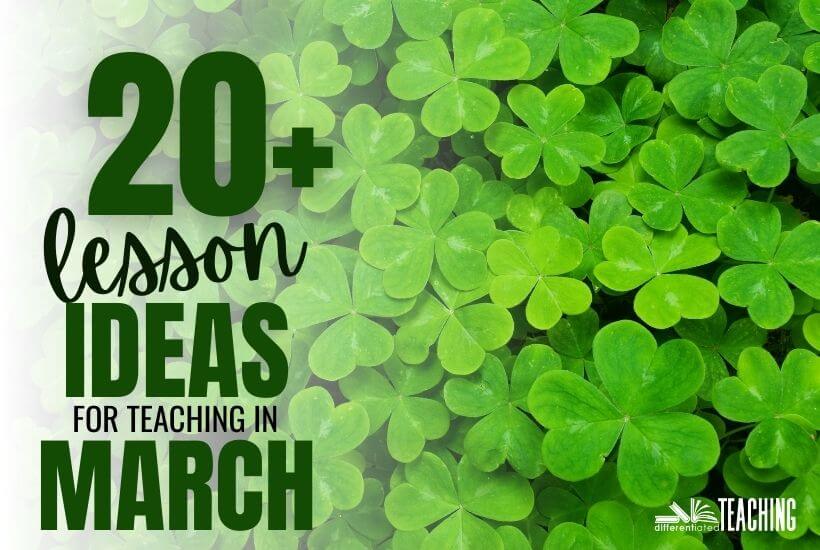
This post contains affiliate links. I receive a small commission each time someone makes a purchase through one of my links, which helps to support the blog.
How Can I Make March Fun for Learners? Use Holidays & Events to Engage Students
If you’re looking for fun March activities and teaching ideas, look no further than the many holidays that arise during the month. Here are just a few of the best holidays to include in your classroom:
Read Across America Day – March 2
Whether you celebrate Dr. Seuss’s birthday (he was born in 1904) or tie it in your learning about the 50 states, this is a great idea for your lesson plans for the first week of March.
Here are a few ways you might incorporate Read Across America Day into your classroom:
- Spend the week on a “reading road trip.” Here’s a great post about how I use picture books to take learners on a trip across the 50 states during Read Across America Week.
- Introduce biographies and read about the life of Dr. Seuss using the Who Was… series. While these books are engaging for learners, they are a bit more gritty than many biographies for kids.
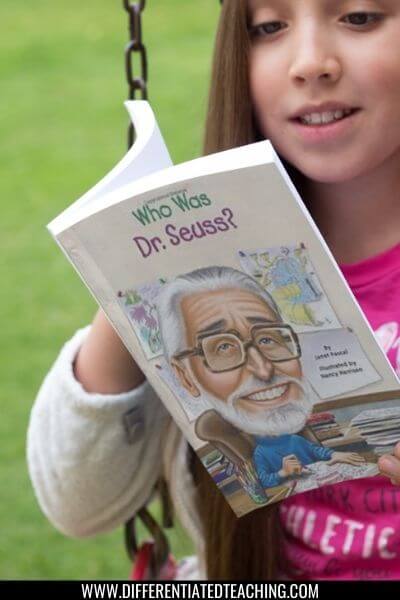
Iditarod – Starts March 5
Iditarod is an annual sled dog race that begins in Anchorage, Alaska. The trail stretches over 1,000 miles to Nome. There are so many great math and science connections you can make with this race.
Measurement, force and motion, and so many more skills that your upper elementary learners must master relate to this race that it can be an easy way to build some great math and science review into your lesson plans.
When planning lessons, you might consider adding geography and map skills by having students map the course using the trail map found on the Official Iditarod Website
While it isn’t about the Iditarod, you can make some great connections using the book Stone Fox and adding in my Stone Fox Novel Unit to incorporate comprehesion and vocabulary instruction.
Regardless of whether you decide to read the book, you might also find that some of these free Stone Fox STEM challenges are a perfect fit for your Iditarod unit.
International Women’s Day – March 8
International Women’s Day is March 8, but Womens History Month is the entirety of March. This day is meant to celebrate the social, economic, cultural, and political achievements of women. Sharing the stories of famous women throughout March is a great way to recognize and appreciate women’s contributions to society.
Picture book biographies are an easy way to do this. These books don’t require multiple days of reading, which is great when you’re on a short time schedule. There are so many great ones to choose from. I guarantee you’ll have trouble choosing!
Here are a few of my favorites:
- She Was the First: The Trailblazing Life of Shirley Chisholm
- The Watcher: Jane Goodall’s Life with the Chimps
- When Marian Sang: The True Recital of Marian Anderson
- Nothing but Trouble: The Story of Althea Gibson
- Firebird
- I Dissent: Ruth Bader Ginsburg Makes Her Mark
- The Doctor with an Eye for Eyes: The Story of Doctor Patricia Bath
If you’re looking for an activity to help students synthesize this information, you can use my free Biography Flipbook by entering your info below.
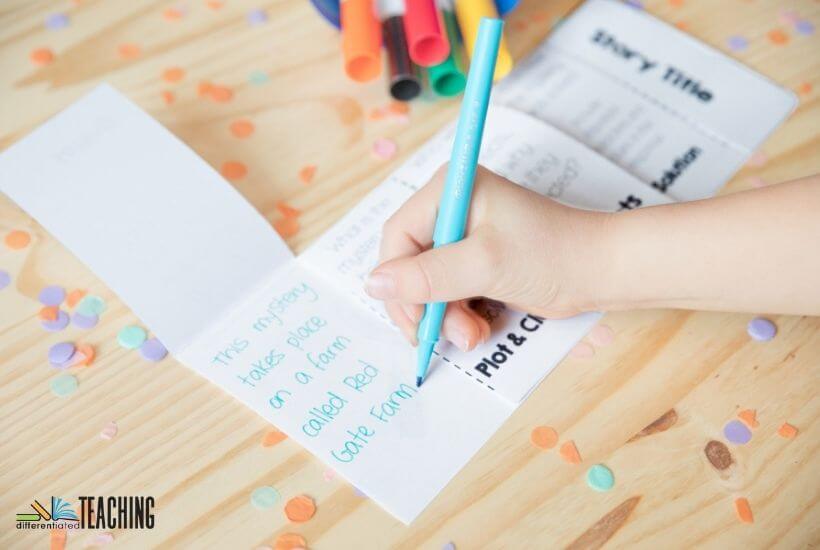
Grab the Free Biography Flipbook
I’ll send it right to your inbox, and as you read, students can identify the most important things their peers should know about each of these important women, including their contribution to society.
March Madness – Starts March 13
With the NCAA Final Four coming up, you’re bound to hear lots of talk about basketball. PE classes often use this time of year to teach the rules and skills necessary to play, but you don’t have to let them have all the fun!
Here are some ideas to consider for bringing the excitement of March Madness into the classroom:
- Create a Tournament of Books
- Hold a STEM Challenge where students try to build a mini basketball hoop.
- Introduce a basketball-themed read aloud, like The Crossover by Kwame Alexander
Another option would be to find ways to incorporate basketball into activities you’re already doing. For example, if you’re already working on testing strategies, you might use these Basketball Task Cards to review the different ways students can break down and work through the process of elimination.
Read more about them: Math Madness Basketball Task Cards
St. Patrick’s Day – March 17
St. Patrick’s Day is a fun one for the classroom. While some classrooms use the opportunity to teach more about Irish culture and traditions, others bring the holiday in through the whimsy of leprechauns, rainbows, and pots of gold. Either way, here’s a great list of St. Patrick’s Day read alouds you can use in your lesson plans.
One of my favorites is a fun STEM challenge using inexpensive coins you can find at your local dollar store. Students stack the coins to see who can create the tallest tower. They have so much fun that they forget their working on math and science skills at the same time!
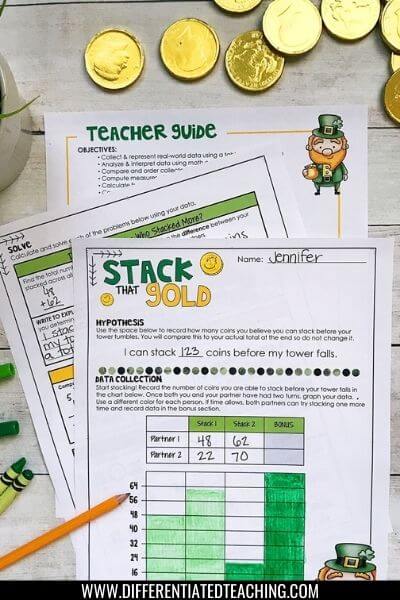
Regardless of how you prefer to celebrate, you can find easy-to-implement classroom lessons to save you hours of prep. Here are two more of my favorites:
St. Patrick’s Day No Prep ELA
If you’re looking for a quick all-in-one lesson plan that will cover reading and writing for St. Patrick’s Day, you need this no prep St. Patrick’s Day ELA resource. Students have the opportunity to practice comprehension skills with fiction and non-fiction.
There’s also a great writing task and several graphic organizers that students keep in their mini-book.
You can grab it here: St. Patrick’s Day ELA
St. Patrick’s Day Writing Banner
If you’re looking for engaging prompts to help get students writing (and make a great display), you need this St. Patrick’s Day Writing Craft. Students work through the writing process using the included organizers and end up with a great pennant banner you can hang on your bulletin board for March.
There are several different banner formats to choose from, so you can select the best fit for your classroom.
You can grab it here: St. Patrick’s Day Writing Craft
Pi Day – March 14
Who doesn’t love a holiday that talks about pie? Well, Pi…
With March 14 being the day of pies, you don’t want to miss out on celebrating Pi Day. While there are several great math lessons that could be used with Pi Day, I think one of the most engaging ways to get students excited about learning more about pi is through art!
If you’re looking for an easy way to celebrate Pi Day, you might want to check out these simple activities. The site includes 9 different low-prep activities that allow students to explore pi in a way that is meaningful at the elementary level.
If you’re teaching ELA, you don’t have to ignore the holiday! You can incorporate Pi Day into your classroom through a novel study.
Pie by Sarah Weeks is a great novel for engaging readers and has so many opportunities to work on those important comprehension skills your students should be close to mastering. Plus, I’ve already created an entire Pie Novel Unit, so you’ll have everything you need to get started without the stress of planning.
Spring Equinox – March 20
March brings about all things spring…including spring fever in many classrooms. With all the changes that happen as we enter the vernal season, it’s understandable how students sometimes find themselves counting down the days.
If you’re looking for a fun way to keep your classroom fresh and make the most of the beautiful weather, you might consider trying some spring poetry. Allowing students time to observe nature gives you a great chance to talk about sensory language, and you can have them build these experiences into various poetry types.
I created a Spring Poetry Unit where students brainstorm and draft a variety of spring-related poems to create their own poetry pocket.
Throughout the unit, they learn about different types of poetry including haiku, diamante, shape poems, and acrostics. They also learn about the importance of word choice and creating a visual for the reader through words.
Check it out here: Spring Poetry
Spring Break – varies by location
March is also a time when many schools go on spring break. While you might not specifically plan lessons around this weeklong vacation, you can use it to your advantage to get students excited about writing.
As you’re welcoming students back and re-establishing your routines after spring break, one option is to have students do a spring break writing craft.
Having students write about their spring break activities – whether the ones they actually did or the ones they WISH they did – is a great way to get students back into the habit of writing after break.
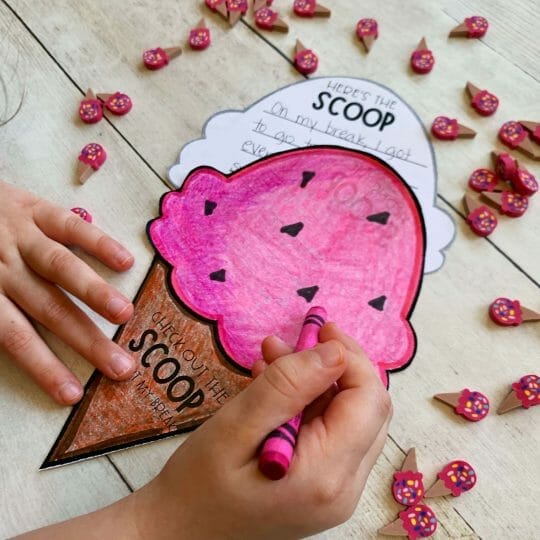
Click here to grab my Scoop about My Break Writing Craft.
Other Great Themes & Teaching Ideas for March
Of course, many of your March lesson plans relate to units that arise on your curriculum map this time of year. When it comes to science and social studies, you’ll find opportunities to bring the warmer weather into your classroom with March teaching ideas related to seasonal changes and life cycles.
Here are a few other popular themes often studied this month.
Weather & Seasonal Changes
Students are often discussing the weather and seasonal changes this time of year. It is a great opportunity to build some media literacy at the same time.
Start by learning about meteorologists or even severe weather. Then allow your students to record PSAs to teach their peers. Alternatively, you can teach students the different tools used to monitor the weather.
Then students can record their own forecasts and share them with the class or even as a part of your daily announcements.

Life Cycles
Another commonly taught unit this time of year is life cycles. You can easily bring hands-on lessons about life cycles into the classroom without needing much space. There are also great options that won’t leave you with the huge mess that comes from hatching chicks.
You might consider having a butterfly or ladybug habitat in your classroom for students to observe. These are inexpensive and easy to maintain, and they don’t take up large parts of your classroom.
Alternatively, you might plant seeds to grow flowers or even root vegetables. If you decide to go the flower route, be sure you time it right! These can make a wonderful (super easy) Mother’s Day gift in May.

I hope these fun March activities for elementary students gave you some inspiration for your March lesson plans. While this time of year can be challenging as spring fever hits hard, it is also full of opportunities for fun and engagement.

